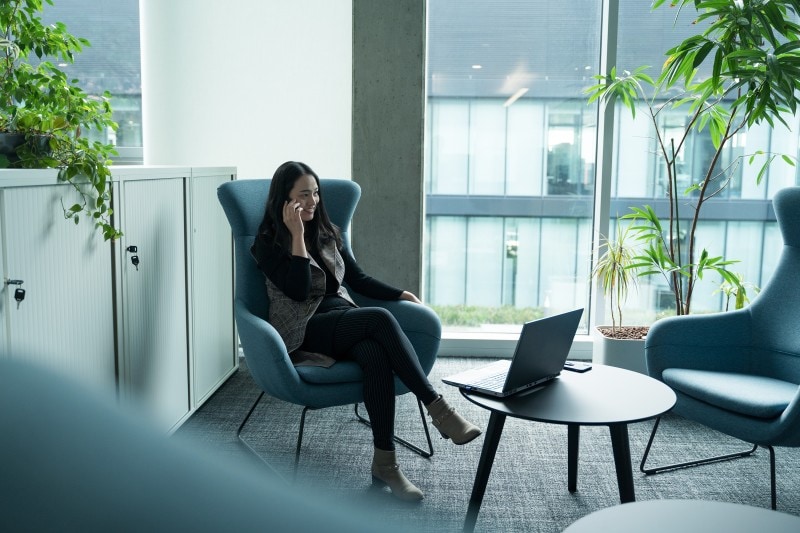As the vehicle becomes an "intelligent partner", cameras, sensors, and control units need to be intelligently linked. What does this actually mean for the integration of these systems?
Our job starts in the development phase and extends all the way to production. One example is the tyre pressure that should be displayed in the Hyperscreen, which we call our big display in the dashboard. To do this, we discuss this with our colleagues from the specialist department responsible for that function and test it in the vehicle. We accompany the development cycle checking that the function works as it should until it's finally fully integrated.
You're responsible for the system integration of functions for enhanced driving assistance systems, but you're also a product owner. What specific tasks are you responsible for?
For example, I'm responsible for the Emergency Steering Support (ESS) function, which should warn the driver of things like potential collisions. I make sure that the customer gets to experience these assistance systems. This means that I analyse the process and check whether it's complete, whether all the system functions involved have been taken into account, and if the required information is available. I then define test scenarios that we work through either with a simulation tool or on the vehicle directly. They're really all exciting tasks, because I get to learn a lot about the vehicle. As a product owner in Pre-Integration Automated Driving, I help collect data from various sources and visualise it in front-end dashboards to help advance digitalisation for tooling. For example, we set up a dashboard to make all important dates accessible to the system integrators in one central location. The dashboard made this information easily accessible and was a big help in our day-to-day work. I work in a very interdisciplinary way with internal and external colleagues alike.
Which skills can you apply particularly well to these tasks?
The most important thing for me as a product owner is that I understand the different tools. Thanks to my extensive research experience, I'm quick to gain a certain level of understanding of new topics. For each task, the objectives need to be clearly defined and the acceptance criteria precisely detailed. This is where my systematic and analytical approach come in handy.
Your unit oversees the time schedule for the implementation of features and system functions for fully automated driving SAE level 5. Which units are you in direct contact with for this purpose?
In our job as system integrators, we work with all specialist departments – it just depends on the functions that we're focusing on. By analysing the process chain, we identify the system functions and the corresponding contact persons who can help with the integration. These colleagues often come from the other units such as Telematics, Powertrain, and Body. In addition, we also work closely with our colleagues from the model series.
What professional backgrounds do your team colleagues have?
Besides electrical engineering, some colleagues also studied mechanical engineering or computer science and have a lot of professional experience from working in different areas. With our knowledge, which includes software development, we provide advice and support to new colleagues who come to us straight from university. We also bring our valuable know-how gained through experience abroad into the team, which makes working together both diverse and exciting. Whether it's on site at the vehicle or from home on a laptop – our team is very flexible and we work on a wide range of topics.
,xPosition=0,yPosition=0.5)


,xPosition=0.5,yPosition=0)